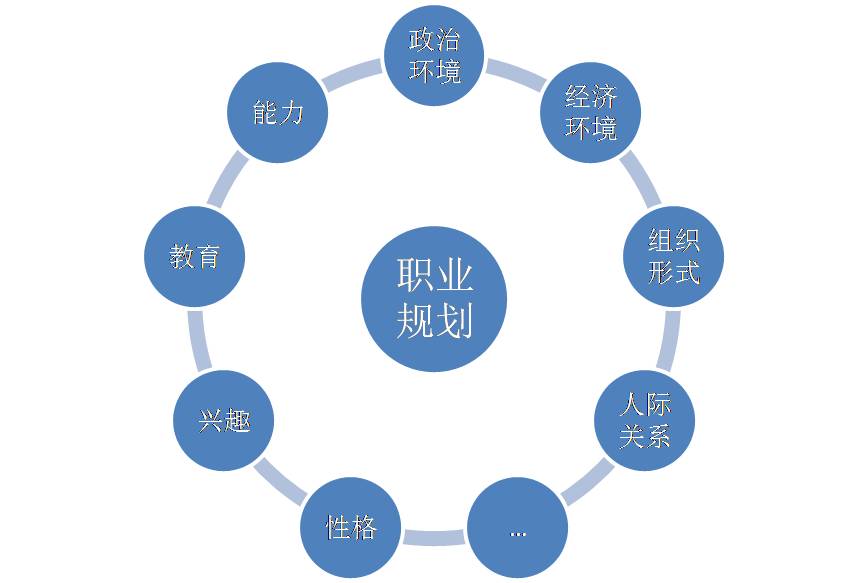Examples of ecological imbalance issues include:
1. Deforestation - The clearing of forests for agriculture, logging, and urban development has led to a loss of habitat for many species and contributes to climate change.
2. Overfishing - The practice of catching fish at rates faster than they can reproduce leads to a depletion of fish populations and disrupts marine ecosystems.
3. Invasive Species - The introduction of non-native species into new environments often results in the displacement or extinction of native species.
4. Pollution - Chemical, plastic, and noise pollution harm wildlife and their habitats, causing illness and death among animals and plants.
5. Habitat Fragmentation - The division of large habitats into smaller, isolated patches by roads, cities, and agricultural fields reduces the available space for wildlife and limits their ability to find food and mates.
6. Climate Change - Rising global temperatures due to greenhouse gas emissions are causing shifts in ecosystems, leading to changes in migration patterns, breeding cycles, and the distribution of plant and animal species.
7. Water Scarcity - Overuse of water resources for human activities such as agriculture, industry, and domestic use can lead to drought conditions that threaten both wildlife and human populations.
8. Acid Rain - Emissions from burning fossil fuels mix with water vapor in the atmosphere to form acidic precipitation, which can damage aquatic ecosystems and forests.
9. Ozone Depletion - The release of certain chemicals like chlorofluorocarbons (CFCs) can lead to thinning of the Earth's protective ozone layer, allowing more UV radiation to reach the planet's surface, harming marine life and increasing skin cancer rates in humans.
10. Loss of Biodiversity - The overall reduction in the variety of life on Earth due to various human activities diminishes ecosystem resilience and impairs nature's capacity to provide clean air, water, food, and other essential services.
1. Deforestation - The clearing of forests for agriculture, logging, and urban development has led to a loss of habitat for many species and contributes to climate change.
2. Overfishing - The practice of catching fish at rates faster than they can reproduce leads to a depletion of fish populations and disrupts marine ecosystems.
3. Invasive Species - The introduction of non-native species into new environments often results in the displacement or extinction of native species.
4. Pollution - Chemical, plastic, and noise pollution harm wildlife and their habitats, causing illness and death among animals and plants.
5. Habitat Fragmentation - The division of large habitats into smaller, isolated patches by roads, cities, and agricultural fields reduces the available space for wildlife and limits their ability to find food and mates.
6. Climate Change - Rising global temperatures due to greenhouse gas emissions are causing shifts in ecosystems, leading to changes in migration patterns, breeding cycles, and the distribution of plant and animal species.
7. Water Scarcity - Overuse of water resources for human activities such as agriculture, industry, and domestic use can lead to drought conditions that threaten both wildlife and human populations.
8. Acid Rain - Emissions from burning fossil fuels mix with water vapor in the atmosphere to form acidic precipitation, which can damage aquatic ecosystems and forests.
9. Ozone Depletion - The release of certain chemicals like chlorofluorocarbons (CFCs) can lead to thinning of the Earth's protective ozone layer, allowing more UV radiation to reach the planet's surface, harming marine life and increasing skin cancer rates in humans.
10. Loss of Biodiversity - The overall reduction in the variety of life on Earth due to various human activities diminishes ecosystem resilience and impairs nature's capacity to provide clean air, water, food, and other essential services.
下一篇:新阶段中国外交有什么特点





